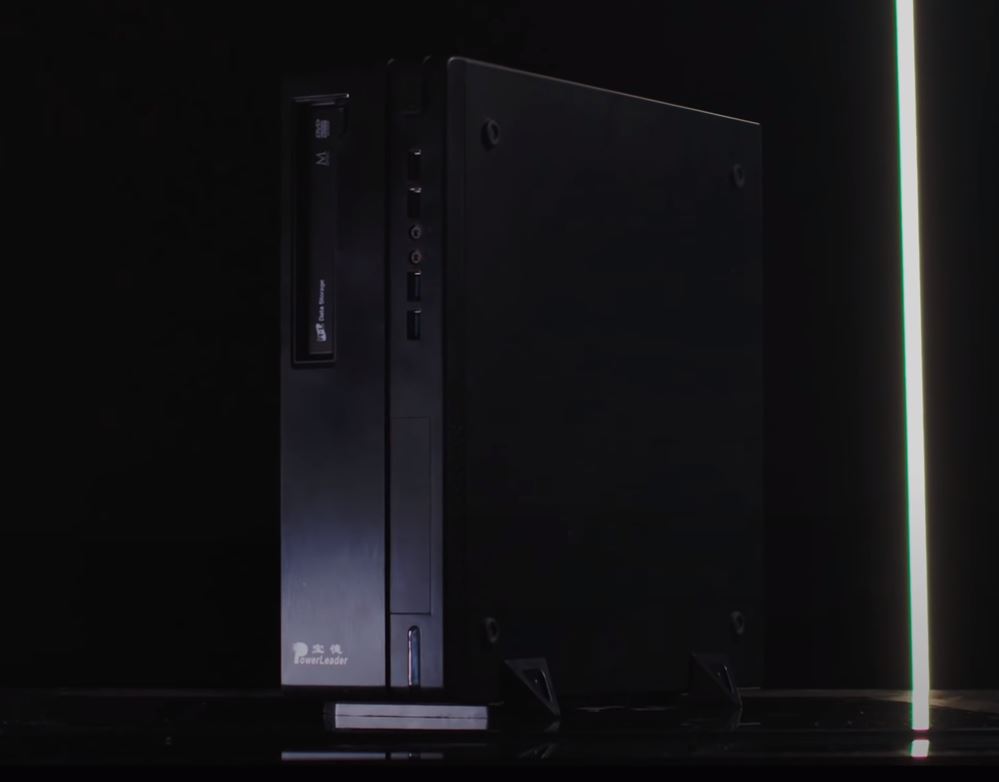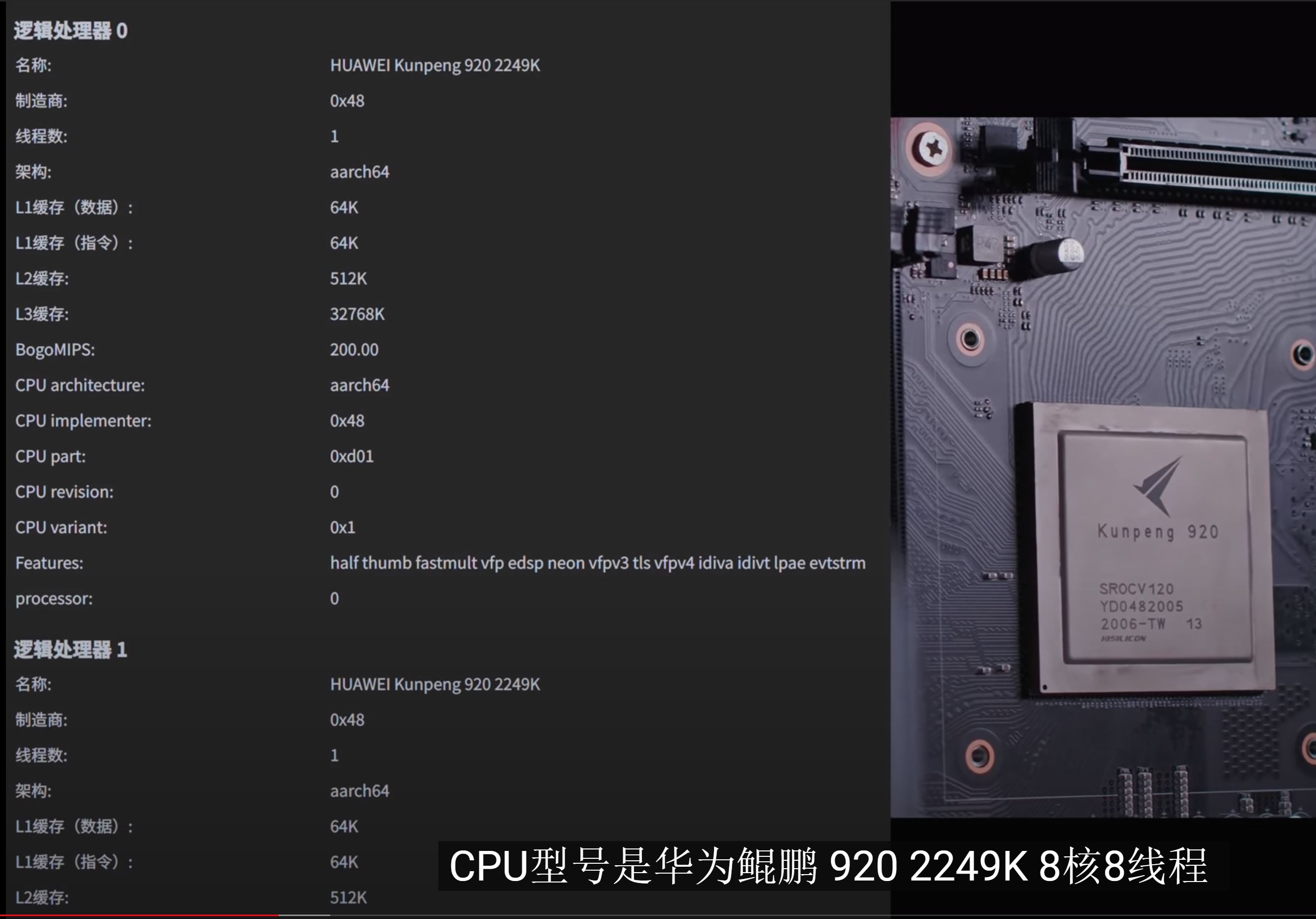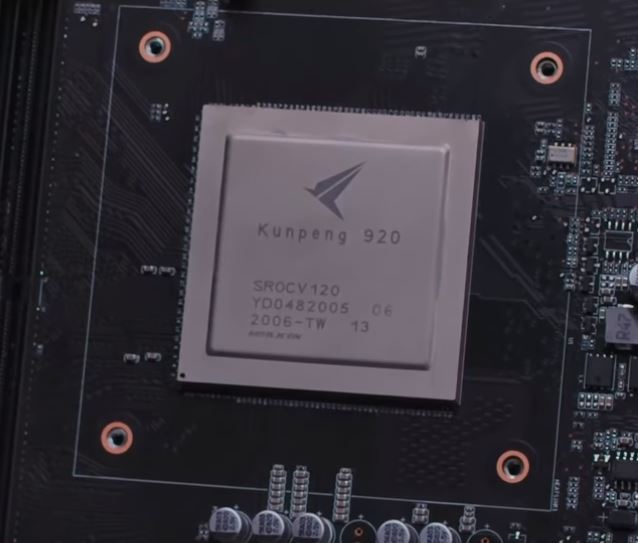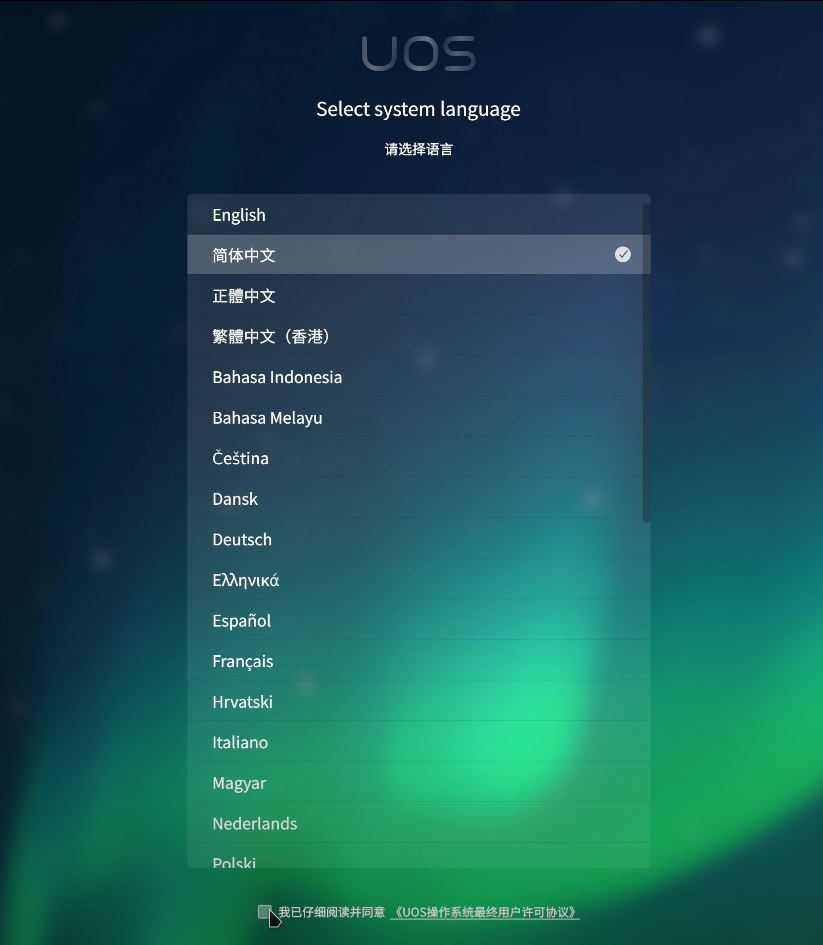Huawei-Powered Desktop PC Tested, Eight-Core 7nm Kunpeng 920 Processor
Not all cores are created equal

Huawei, through its HiSilicon subsidiary, has a line of promising 7nm ARM v8-based Kunpeng processors that stretch up to 64 cores for the data center and support leading tech, like PCIe 4.0. Now at least one model of the chip is being used for desktop systems, too. Chinese YouTube channel 二斤自制 purchased and tested a Huawei-powered desktop PC that features both the company's eight-core eight-thread 7nm Kunpeng 920 ARM v8 processor and the Huawei D920S10 desktop motherboard in a third-party system, giving us the first glimpse of the new products enabled by Huawei's recent entrance into the market as a supplier to OEMs that produce desktop PCs.
The development could help further China's targeted strategy to reduce its reliance on western semiconductor technology. Still, in many ways, the system highlights the difficulties the country has encountered, particularly in terms of software support. In fact, that's the primary focus of the video. The video doesn't give us much in the way of broadly-comparable benchmarks (though there are a few tidbits), but we do learn some specs that we'll cover below.
The narrator spends much of the video covering the problems she encountered with running meaningful software applications. Due to Kunpeng's ARM architecture, the system is limited to running the China-produced 64-bit UOS operating system that is largely a modified flavor of Linux. The narrator commented that the UOS operating system runs smooth and has an intuitive interface, and it even supports a 4K resolution at 60Hz via a Yeston RX550 graphics card. Still, she had to pay an extra 800 Yuan (~$115) to gain access to the app store. Moreover, the store had a woeful selection of applications, lacking such staples as Adobe and other apps. That's exacerbated by the system's lack of support for 32-bit software.
The system did run a Blender BMW test render, but it completed in 11 minutes and 47 seconds, which is woefully slower than most modern chips. The system did well streaming 4K video, but 'choked' during local playback due to poor encoding performance. The narrator says the system is obviously best for light office work only.
The channel purchased the system for 7,500 Yuan (roughly $1,060 USD), and it comes with an eight-core eight-thread 2.6 GHz Kunpeng 920 2249K processor soldered to the motherboard. We can't find specs for this processor online, but the video lists it with 128K of L1 memory (64K I$, 64K D$), 512K of L2, and 32MB of L3.




The Huawei D920S10 motherboard has four DIMM slots, but the system only has 16GB of Kingston DDR4-2666 memory spread across two DIMMs. Despite the chip's seeming support for PCIe 4.0, there are only three PCIe 3.0 slots available (x16, x4, x1), and the motherboard's connectivity options are also pretty mundane (6 SATA III ports, two M.2 slots, two USB 2.0 and USB 3.0 ports, and a VGA connection). The board also has a Gigabit ethernet port, or you have the option to use an optical connection of an unspecified speed.
A 256GB SATA hard drive, 200W power supply, and a Yeston RX550 graphics card round out the other accommodations. The system also comes with an optical drive.
Get Tom's Hardware's best news and in-depth reviews, straight to your inbox.
The difficulties the channel encountered with software availability, and performance, highlights that even the best chips in the world aren't very effective without a robust software and developer ecosystem. That's yet another facet of the challenge that China faces as it looks to reduce the amount of silicon it procures from external vendors, and the Huawei-powered systems could be designed to help foster a developer ecosystem for the ARM architecture and the UOS operating system.
According to IC Insights, China-native vendors only produce 6.1% of the country's total silicon consumption, and a recent report indicates the country will fall far short of its 2025 goals for 70% semiconductor self-sufficiency, instead only hitting one-third of its original target.
The country has invested heavily in multiple native semiconductor producers and their projects, with its multi-pronged efforts including chips like the x86 Zhaoxin KaiXian processor we recently tested. The EPYC-based Hygon Dryhana x86 processors were also developed under a joint venture with AMD that was later scuttled by the US government, and we've also seen signs that Huawei is testing a desktop PC design with AMD's Ryzen 4000 series processors. The latter shows that Huawei might also be pursuing an x86 route into the desktop PC market, albeit with non-native processors.

Paul Alcorn is the Editor-in-Chief for Tom's Hardware US. He also writes news and reviews on CPUs, storage, and enterprise hardware.
-
bit_user A little more info on the Kunpeng 920-series is available here:Reply
https://en.wikichip.org/wiki/hisilicon/kunpeng#920_Series
The most interesting detail is that it uses custom cores, although they appear to be based on the Cortex-A72. -
bit_user Reply
Get your lulz in now, because they might turn into cries in 5-10 years. Obviously, they have to start somewhere.NightHawkRMX said:Lol 8 desktop 7nm cores that perform worse than most phones, in a 1000 pc. Nice.
I think this PC is probably aimed at developers (who specifically want to develop for the platform) and government offices. For them, it doesn't need to be performance-competitive - just usably fast. -
NightHawkRMX I will. Its based on a phone cpu and still manages to be worse even though its in a desktop platform. 😂Reply -
bit_user Reply
No, it's not. Kunpeng is their server CPU line. If it were truly a phone SoC, then it wouldn't have dual-channel DDR4 and all those PCIe lanes.NightHawkRMX said:Its based on a phone cpu -
bit_user Reply
I missed it, but I guess I wonder what reaction you're expecting?mamasan2000 said:No one is reacting to the 200 W power supply?
It would restrict GPU upgrades, for sure. I don't get the sense that's going to be a huge issues, for this machine. -
NightHawkRMX 200w PSU with an RX550.Reply
The CPU must be pretty efficient, i'd guess well under a 95w tdp. -
bit_user Reply
RX550 is a 50W card.NightHawkRMX said:200w PSU with an RX550.
The CPU must be pretty efficient, i'd guess well under a 95w tdp.
The CPU is running 8x cores @ 2.6 GHz that are designed for a 64-core, 195 W server chip (also @ 2.6 GHz). So, probably around 35 W (if we factor in some extra for things like I/O & memory channels that weren't scaled down by 1/8th). If you're wondering where I got that, see the wikichip link I posted, above. -
nofanneeded What bothers me is Japan , where is Japan in all of this ? as well as Germany , it seems defeated countries of WW2 are still under heavy restrictions.Reply